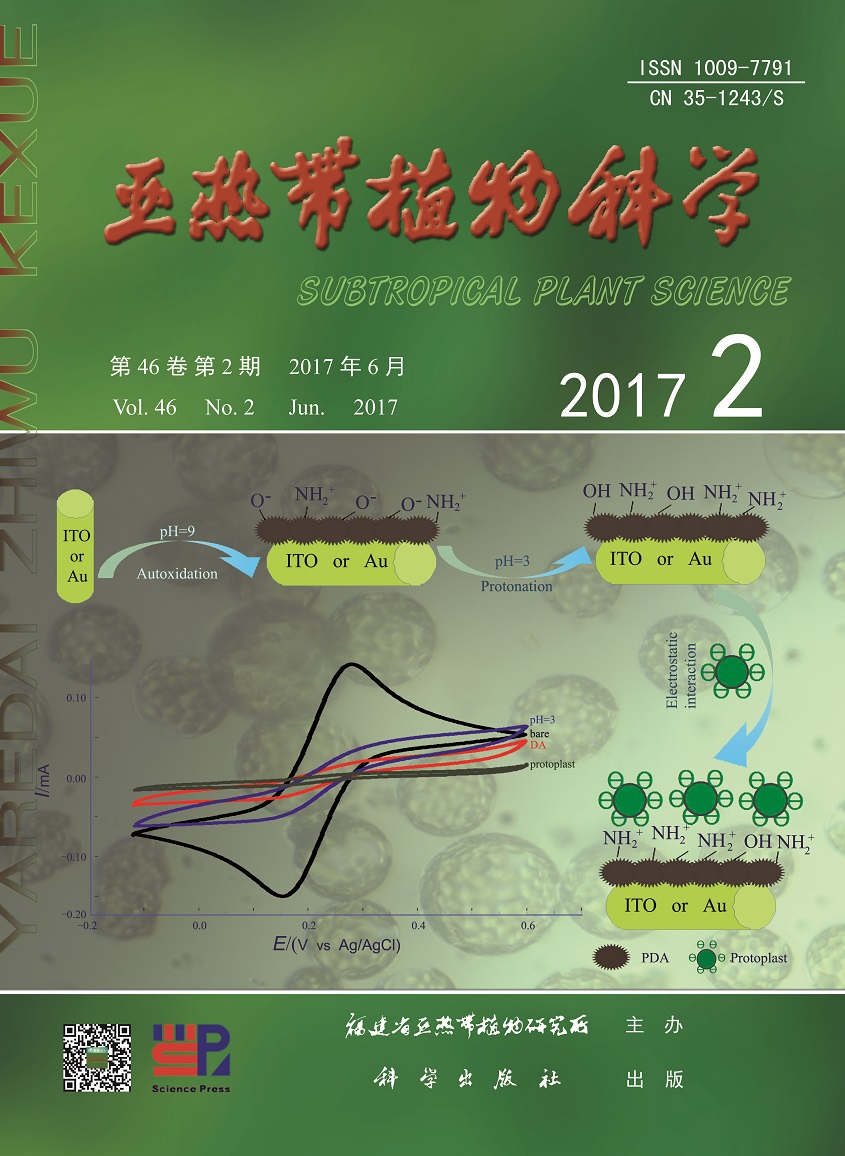|
|
Effects of Gap Thinning on Growth and Form Quality of Taxus wallichina var. mairei Seedlings in Pinus massoniana Forest and Optimization
KANG Yong-wu,OU Jian-de,LUO Ning
2017, 46(02):
152-157.
DOI: 10.3969/j.issn.1009-7791.2017.02.011
In order to clarify the effects of different forest gap size thinning on growth and form quality of Taxus wallichina var. mairei and the cultivation of precious timbers, 18 gap sample plots were established in Pinus massoniana forest after gap thinning in Mingxi County, Fujian, China to measure the indices of growth, stem form and branching indexs of 12-year old T. wallichina var. mairei plantations. The 18 sample were classified in gap size as follows: ClassⅠ, Ⅱ, and Ⅲ, which had a gap size of 50—100 m2, 100—150 m2, and 150—200 m2, respectively. The relationship between the gap size and growth, stem form and branching were investigated. The 18 gap sample plots were cluster analyzed according to the comprehensive score of growth, stem form and branching traits by principal component cluster analysis method. Determined the optimal gap sample plots group, estimate the optimal group gap size general parameter, and accurate optimization of the gap size of the gap thinning. The results showed that gap size significantly affected 10 indices, i.e. height, DBH, crown width, forking rate, stem straightness, stem fullness, taperingness, diameter height ratio, interval between branches, max-branch base diameter and comprehensive evaluation value. ClassⅠand Ⅱ both significantly promoted the growth of height, DBH, crown width and comprehensive evaluation value, and on the indices of stem form, both significantly inhibited max-branch base diameter. ClassⅠsignificantly inhibited forking rate and improved stem fullness. Class Ⅱ significantly reduced taperingness, improved stem straightness and diameter height ratio, both significantly increased intervals between branches. ClassⅠand Ⅱ significantly improved the comprehensive evaluation score of precious timbers. The optimum gap thinning was 105.31—153.21 m2 for gap size with a 95% confidence interval, which can greatly accelerate tree growth of forest and improve lumber quality.
References |
Related Articles |
Metrics
|
